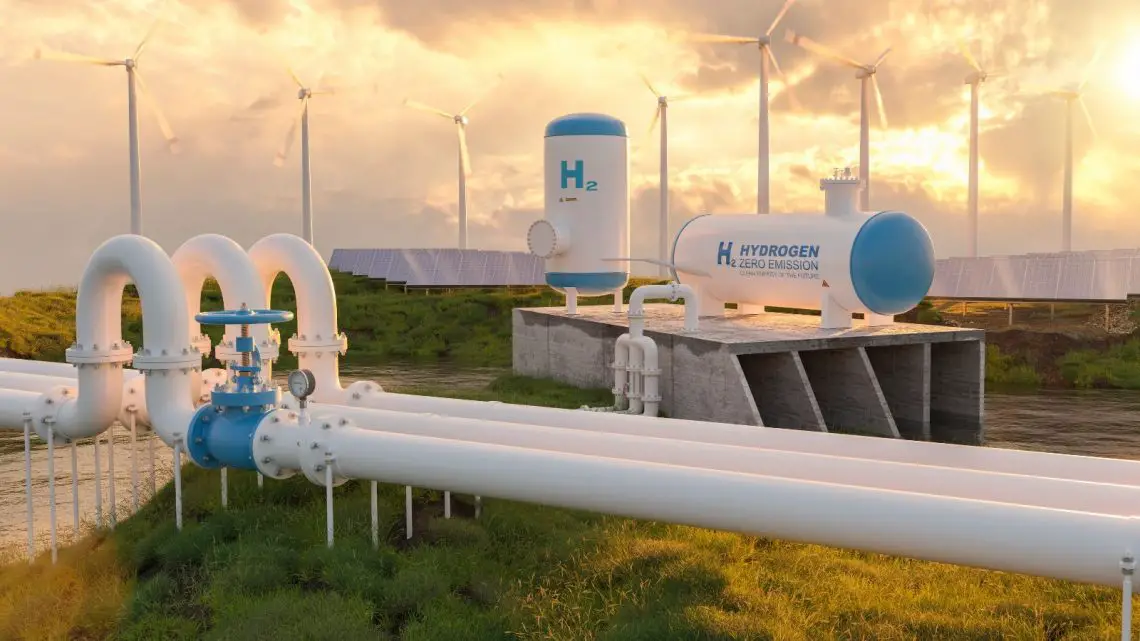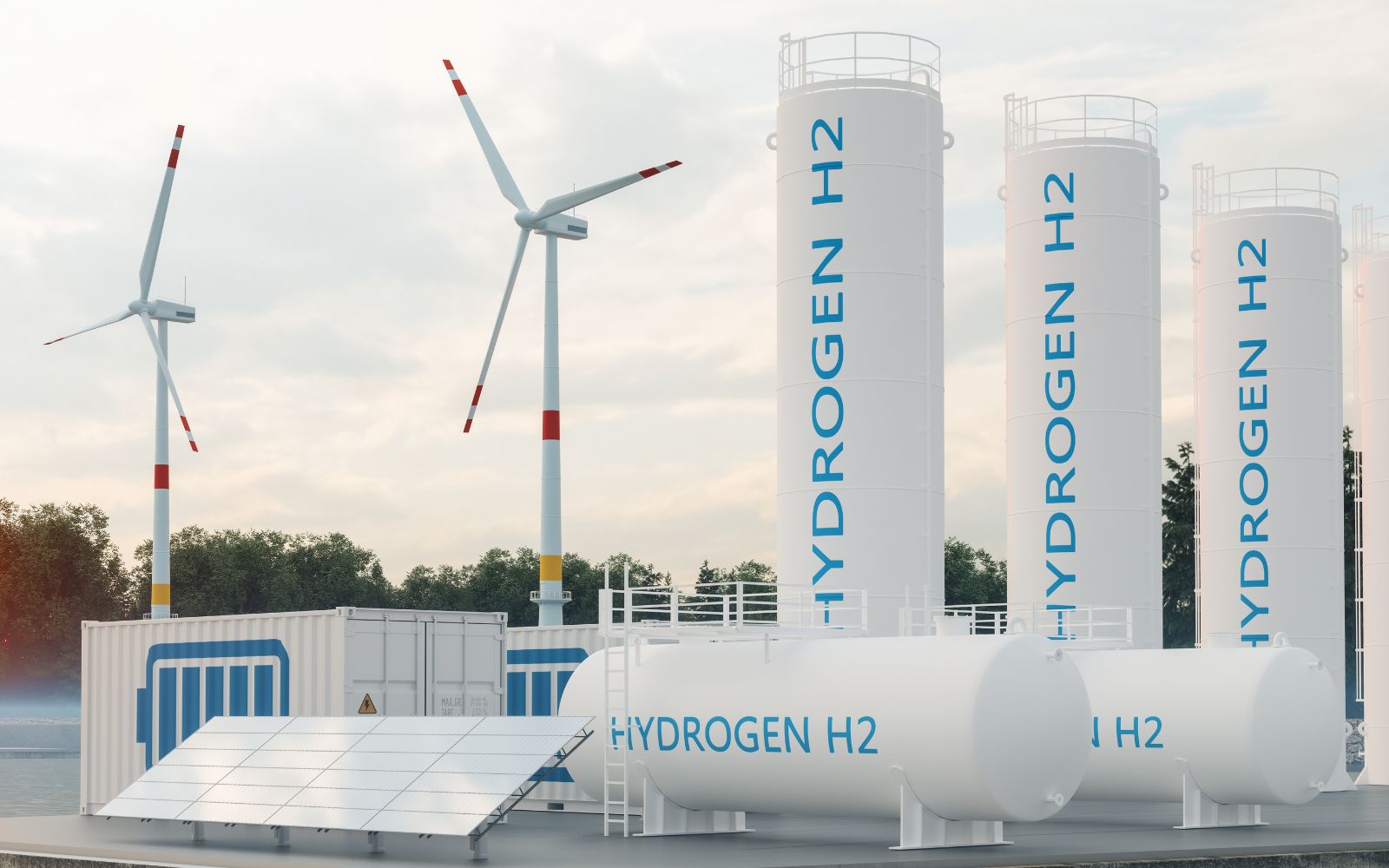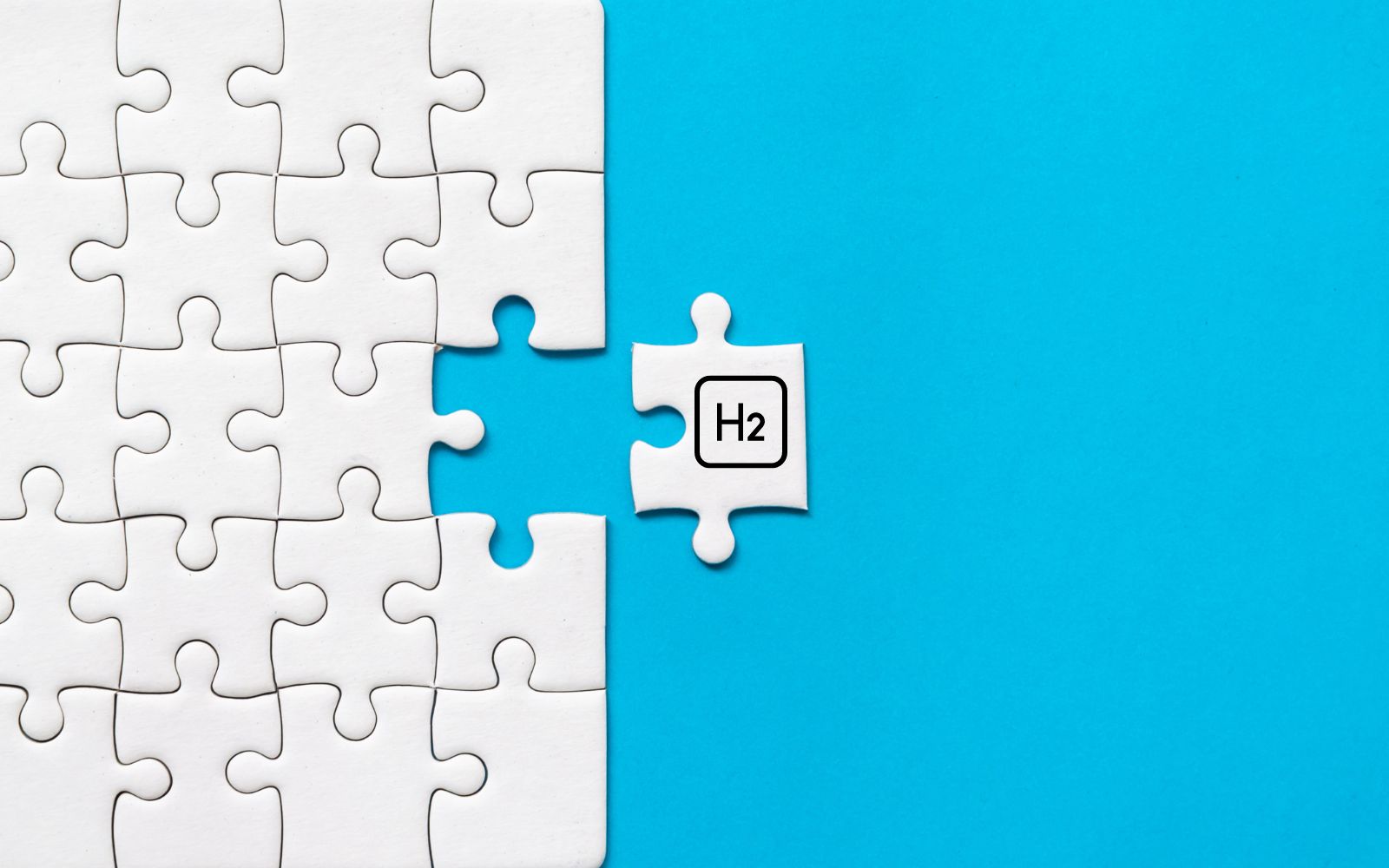
The Role of Hydrogen in the Transition to Clean Energy: Opportunities and Challenges
May 24, 2023The world urgently needs to transition to clean energy sources to mitigate climate change. Fossil fuels, such as coal, oil, and natural gas, are responsible for most greenhouse gas emissions that cause climate change. The energy transition requires shifting from fossil fuels to clean energy sources, such as renewable energy and hydrogen. Hydrogen can play a significant role in the transition to clean energy due to its versatility and the possibility of producing it from renewable energy sources. This article discusses the opportunities and challenges of hydrogen in the transition to clean energy.
What is Hydrogen?
Hydrogen is a chemical element with the symbol H and atomic number 1. It is the lightest and most abundant element in the universe. Hydrogen is a versatile energy carrier produced from various sources, including fossil fuels, biomass, and renewable energy sources, such as solar and wind power. Hydrogen can be stored, transported, and used as fuel for vehicles, power generation, and industrial applications.
Production of Hydrogen
Hydrogen can be produced from various sources, including fossil fuels, biomass, and renewable energy sources, such as solar and wind power. Hydrogen production can be divided into four main types: Steam Methane Reforming (SMR), electrolysis, biomass gasification, and other methods.
Types of Hydrogen Production
Steam Methane Reforming (SMR)
SMR is currently the most common method of hydrogen production, accounting for about 95% of the world’s hydrogen production. SMR involves the reaction of methane (CH4) with steam (H2O) to produce hydrogen (H2) and carbon dioxide (CO2). The process requires high temperatures and pressures, and the methane used is usually obtained from natural gas.
Electrolysis
Electrolysis produces hydrogen from water (H2O) by passing an electric current through it. Electrolysis can be powered by renewable energy sources, such as solar and wind power, making it a clean method of hydrogen production.
Biomass Gasification
Biomass gasification is a method of producing hydrogen from biomass, such as wood chips and agricultural waste. Biomass is heated in a low-oxygen environment, producing a gas mixture that includes hydrogen, carbon monoxide (CO), and carbon dioxide (CO2).
Other Methods
Other hydrogen production methods include biological photo production, which uses algae to produce hydrogen through photosynthesis, and high-temperature electrolysis, which uses high temperatures to produce hydrogen from water.
Applications of Hydrogen
Hydrogen has many applications, including transportation, power generation, and industrial processes.
Transportation Sector
Hydrogen fuel cell vehicles are a promising alternative to traditional fossil fuel vehicles. Fuel cell vehicles use hydrogen to produce electricity to power the vehicle’s motor, emitting only water vapor as a byproduct. Hydrogen fuel cell vehicles have a longer range than battery electric vehicles and can refuel in just a few minutes, similar to traditional gasoline vehicles or Fopo 15″ monitor.
Power Generation Sector
Hydrogen can be used as a fuel for power generation in a combustion turbine or a fuel cell. Hydrogen produces electricity without combustion when used in a fuel cell, resulting in lower emissions than traditional fossil fuel power generation.
Industrial Sector
Hydrogen has numerous industrial applications, such as in producing ammonia and methanol and refining petroleum. Hydrogen can also be used as a feedstock for producing chemicals and materials, such as plastics and synthetic fibers.
Challenges of Hydrogen in the Transition to Clean Energy
Despite the many benefits of hydrogen, several challenges must be overcome for hydrogen to play a significant role in the transition to clean energy.
High Cost
The cost of producing and transporting hydrogen is higher than traditional fossil fuels. However, the cost of hydrogen is expected to decrease as technology improves and economies of scale are achieved.
Infrastructure Development
The widespread use of hydrogen as an energy source requires the development of infrastructure, such as hydrogen production facilities, storage facilities, and refueling stations. Infrastructure development requires significant investments, which can be a barrier to adoption.
Safety Concerns
Hydrogen is a highly flammable gas, raising safety concerns in production, transportation, and storage. The development of safety regulations and standards is crucial for the safe use of hydrogen.
Energy-Intensive Production
Hydrogen production requires significant energy, which can limit its environmental benefits if it comes from fossil fuels.
Opportunities of Hydrogen in the Transition to Clean Energy
Despite the challenges, hydrogen has several opportunities to play a significant role in the transition to clean energy.
Decarbonization of Hard-to-Abate Sectors
Hydrogen has the potential to decarbonize hard-to-abate sectors, such as heavy-duty transportation, aviation, and industrial processes, that are difficult to electrify.
Energy Storage
Hydrogen can be used as energy storage, integrating intermittent renewable energy sources, such as solar and wind power, into the electricity grid.
Grid Balancing
Hydrogen can be used to balance the electricity grid by storing excess electricity from renewable sources during low demand and releasing it during high demand.
Conclusion
Hydrogen can potentially play a significant role in the transition to clean energy. Its versatility and potential to be produced from renewable sources make it an attractive alternative to traditional fossil fuels. However, several challenges must be overcome, including high costs, infrastructure development, safety concerns, and energy-intensive production. Despite these challenges, hydrogen has numerous opportunities, such as decarbonizing hard-to-abate sectors, energy storage, and grid balancing. The future of hydrogen in the transition to clean energy will depend on successfully implementing these opportunities and overcoming the challenges.



 HFN News is your leading source for fresh hydrogen and renewable energy updates. Amid the fast-paced growth of hydrogen companies, we provide top-notch news and insights about this exciting sector. Our coverage spans from hydrogen cars to global sustainable initiatives, and we highlight the latest in green jobs and developing hydrogen hubs. We invite you to share your local hydrogen news and explore today’s renewable energy job listings on our site. Thanks for choosing HFN News as your trusted guide to the hydrogen and renewable energy world!
HFN News is your leading source for fresh hydrogen and renewable energy updates. Amid the fast-paced growth of hydrogen companies, we provide top-notch news and insights about this exciting sector. Our coverage spans from hydrogen cars to global sustainable initiatives, and we highlight the latest in green jobs and developing hydrogen hubs. We invite you to share your local hydrogen news and explore today’s renewable energy job listings on our site. Thanks for choosing HFN News as your trusted guide to the hydrogen and renewable energy world!